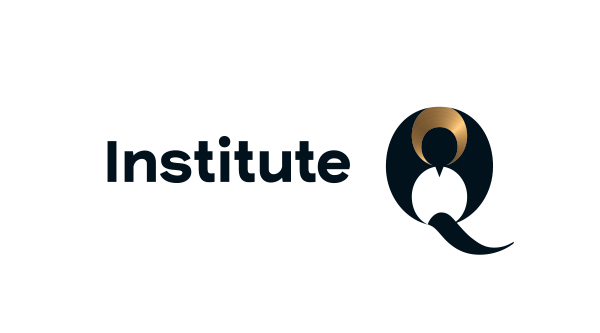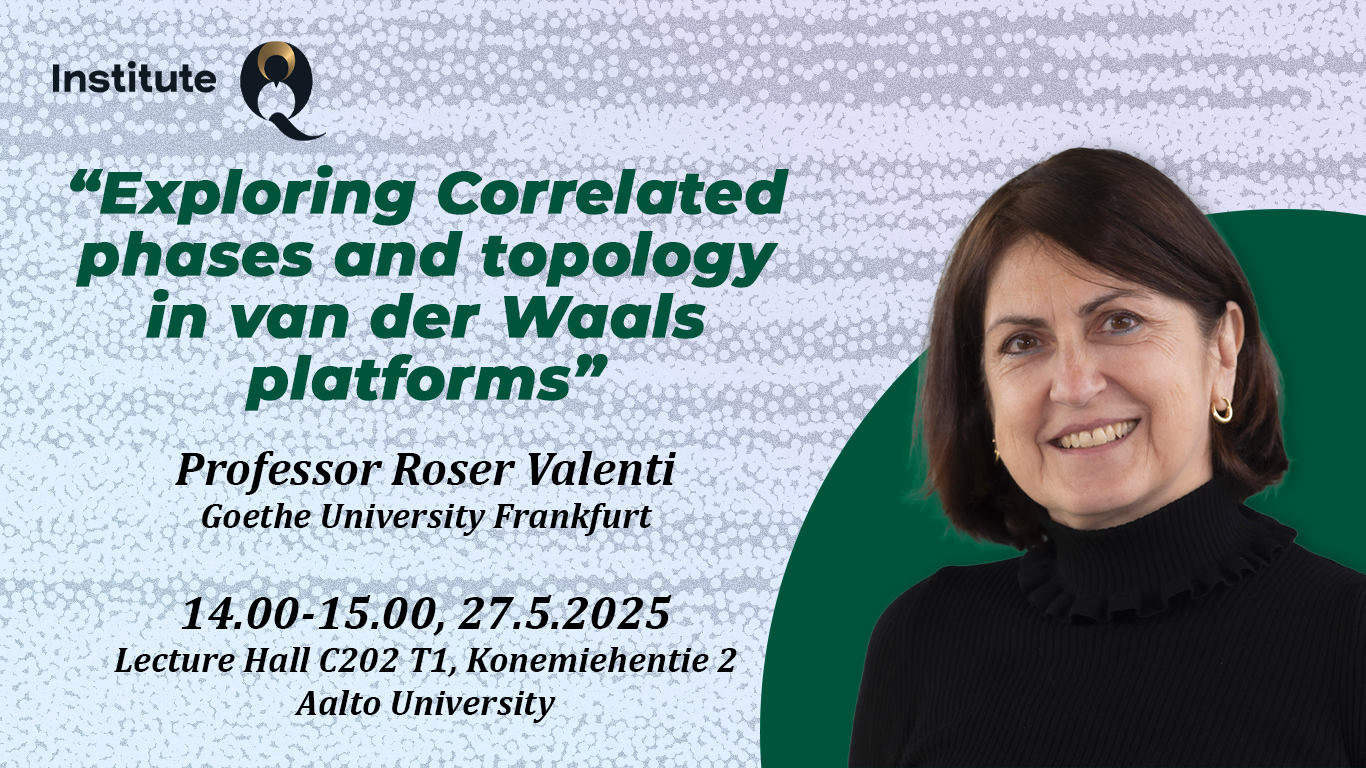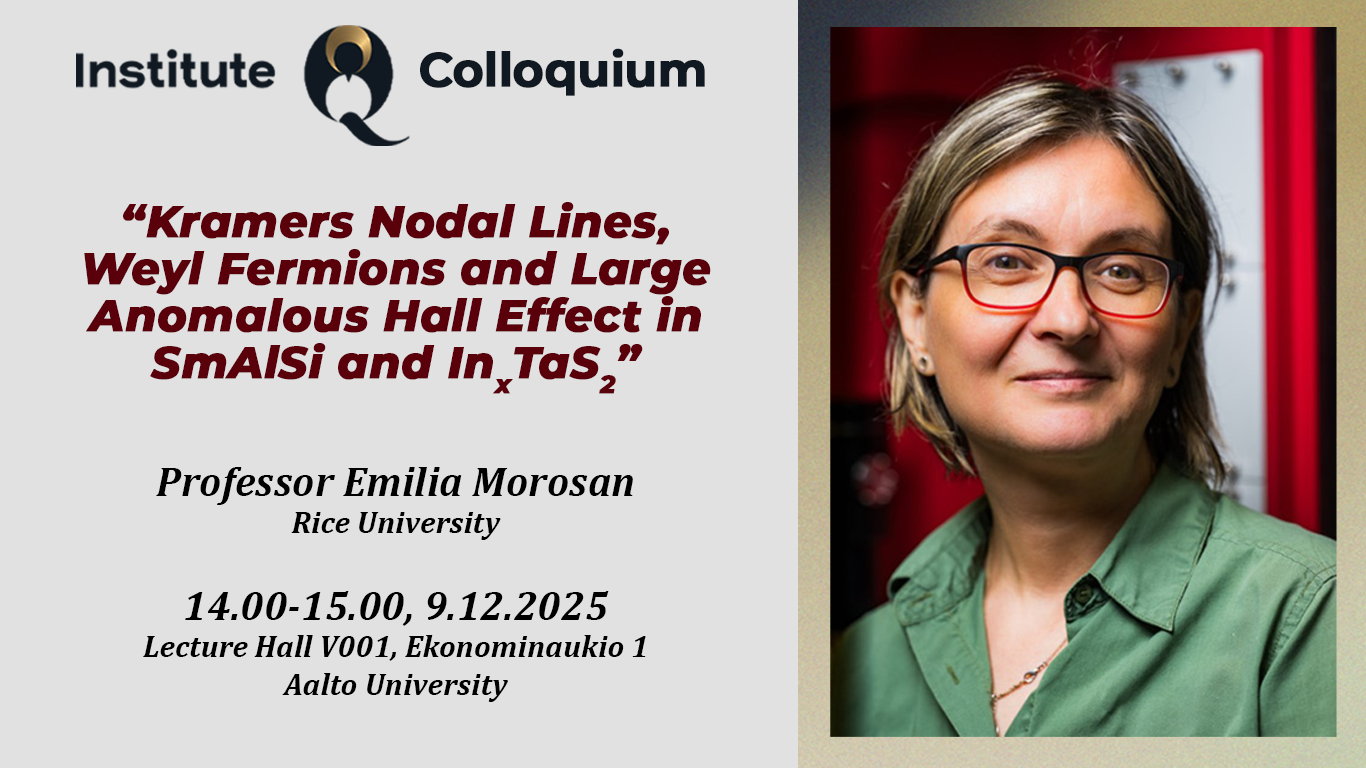This InstituteQ Colloquium features Professor Roser Valenti from Goethe University Frankfurt. The title of her talk is “Exploring Correlated phases and topology in van der Waals platforms.”
Roser Valenti studied physics at the University of Barcelona (Spain) and received her Ph.D. degree in theoretical physics working on variational wavefunctions for spin systems with M.A. Garcia-Bach from UB and D. Klein from the University of Texas A&M (USA). Before joining the Goethe University Frankfurt as full professor, she was a postdoctoral Fulbright fellow at the University of Florida at Gainesville in the group of P.J. Hirscheld, Habilitation researcher at the University of Dortmund with W. Weber and Heisenberg fellow at the University of Saarland, Germany. Her field of research is computational solid state with a focus on microscopic modeling of correlated materials such as unconventional superconductors, frustrated magnets and systems with topologically non-trivial states via a combination of first-principles-based methods and many-body numerical techniques.
Event details
When: 14.00-15.00, 27.5.2025
Where: Lecture Hall C202 T1, Konemiehentie 2, 02150 Espoo
Register: Webropol link to register
Host: Aalto University Physics Professor Jose Lado
Refreshments will be served. This talk will live-streamed and recorded.
From Roser Valenti: What will your talk discuss?
In recent years a plethora of new correlated states have been observed by stacking, twisting and straining two dimensional van der Waals materials of different kind. Some prominent examples are twisted bilayer graphene, bilayer heterostructures of graphene with the spin-orbit assisted Mott insulator α-RuCl3 -a candidate for Kitaev spin physics-, or bilayer heterostructures of the Mott insulator 1T-TaS2 with the metal 1H-TaS2. Unique to these bilayer structures is the possible emergence of phases not foreseable from the single layers alone, such as heavy fermions, Kondo insulators, quantum spin liquids, correlated metals, or topological superconductors.
In this talk I will discuss the microscopic modelling of such heterostructures by a combination of first-principles calculations, effective-model considerations, many-body techniques and statistical methods and will present exemplary cases on the emerging correlated electronic and magnetic properties[1-5] and will compare with experimental results.
[1] Rai et al. PRX, 14 (3), 031045 (2024)
[2] Crippa et al. Nature Communications 15 (1), 1357 (2024)
[3] Akram et al. Nano Letters 24, 890 (2024)




